For a heatmap made using ggplot and geom_tile, how would you "cross off" a tile based on a conditional value?
The heatmap shows counts of the number of times an animal performed a behavior between 1990-2020. Rows are animal IDs, columns are years.
Years go from 1990-2020 but not all animals are alive throughout that time frame (ie, some born later than 1990 or die earlier than 2020)
So I want to cross off any tiles where an animal isn't alive, or before it was born.
Data look like this (shortened to 5 rows for brevity):
data <- data.frame(date = structure(c(8243, 8243, 8243, 8248, 8947), class = "Date"),
year = c("1992", "1992", "1992", "1992", "1994"),
event.id = c(8L, 8L, 8L, 10L, 11L),
id = c("L5", "L58", "L73", "L21", "L5"),
birth = c(1964L, 1980L, 1986L, 1950L, 1964L),
death = c(2012L, 2003L, NA, NA, 2012L))
NA means the animal is still alive and it wouldn't be crossed off since before it was born.
Any help to create this is greatly appreciated!
Code looks like this:
heatmap <- data %>%
mutate(x = case_when(year %in% 1990:1999 ~ "1990-1999",
TRUE ~ year)) %>%
mutate(y = paste(id)) %>%
group_by(x, y, .drop = FALSE) %>%
summarize(count = n()) %>%
arrange(y)
ggplot(data = heatmap, aes(x, y, fill = count)) +
geom_tile()

